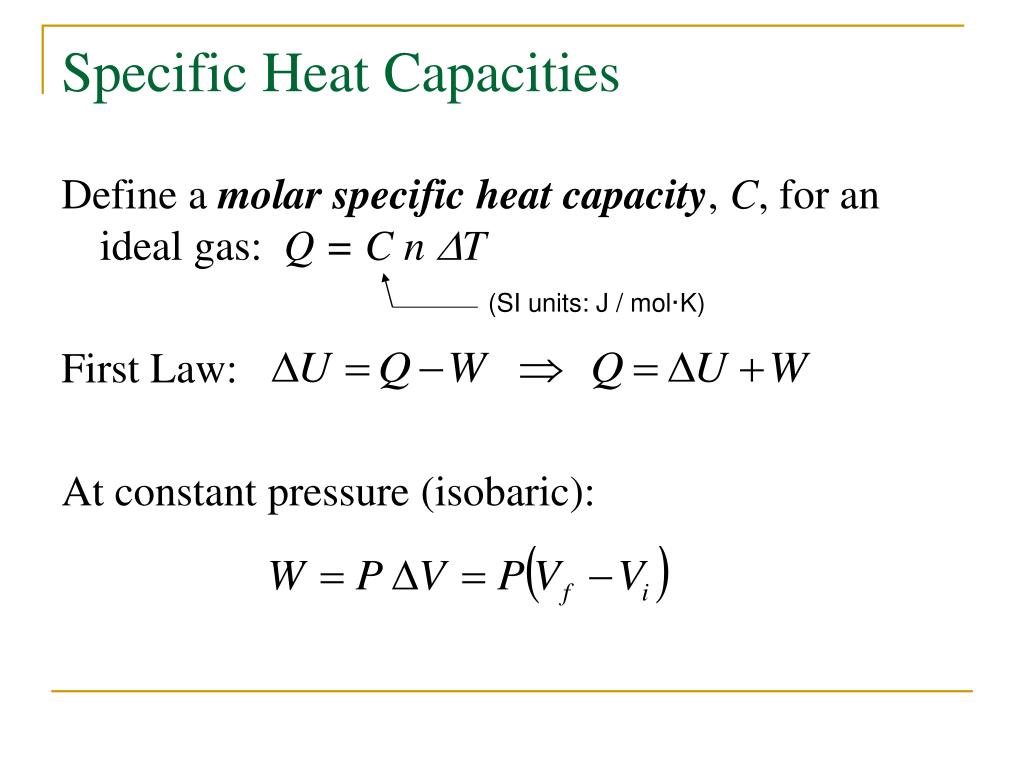


Competing protein-RNA interaction networks control multiphase intracellular organization. ATPase-modulated stress granules contain a diverse proteome and substructure. Nascent pre-rRNA sorting via phase separation drives the assembly of dense fibrillar components in the human nucleolus. Coexisting liquid phases underlie nucleolar subcompartments. TDP‐1, the Caenorhabditis elegans ortholog of TDP‐43, limits the accumulation of double‐stranded RNA. RNA-induced conformational switching and clustering of G3BP drive stress granule assembly by condensation. Genome-wide probing of RNA structure reveals active unfolding of mRNA structures in vivo. Rouskin, S., Zubradt, M., Washietl, S., Kellis, M. RNA structure maps across mammalian cellular compartments. Phase transition of a disordered nuage protein generates environmentally responsive membraneless organelles. Membraneless organelles can melt nucleic acid duplexes and act as biomolecular filters. The nucleolus as a multiphase liquid condensate. Compartmentalised RNA catalysis in membrane-free coacervate protocells. Physical principles and extant biology reveal roles for RNA-containing membraneless compartments in origins of life chemistry. Polyanion-assisted ribozyme catalysis inside complex coacervates. Template-directed RNA polymerization and enhanced ribozyme catalysis inside membraneless compartments formed by coacervates. Prebiotically-relevant low polyion multivalency can improve functionality of membraneless compartments. Liquid phase condensation in cell physiology and disease. RNA controls polyQ protein phase transitions. RNA contributions to the form and function of biomolecular condensates. Coacervates as models of membraneless organelles. As such, they are more general and point to primitive versions of mechanisms operating in extant biology that could aid understanding and enable the design of functional artificial membraneless organelles. These effects require neither biospecific RNA-binding sites nor full-length proteins. Phase coexistence introduces new thermodynamic equilibria that alter RNA duplex stability and RNA sorting by hybridization state. Single-phase peptide droplets did not capture this behaviour. Single- and double-stranded RNAs preferentially accumulate in different phases within the same droplet, and one phase is more destabilizing for RNA duplexes than the other. Here we show that adjacent phases of decapeptide-based multiphase model membraneless organelles differ markedly in their interactions with RNA. The mechanisms for, and functional consequences of, this subcompartmentalization are not yet well understood. Some membraneless organelles host two or more compartments serving different putative biochemical roles. Liquid–liquid phase separation has emerged as an important means of intracellular RNA compartmentalization.


 0 kommentar(er)
0 kommentar(er)
